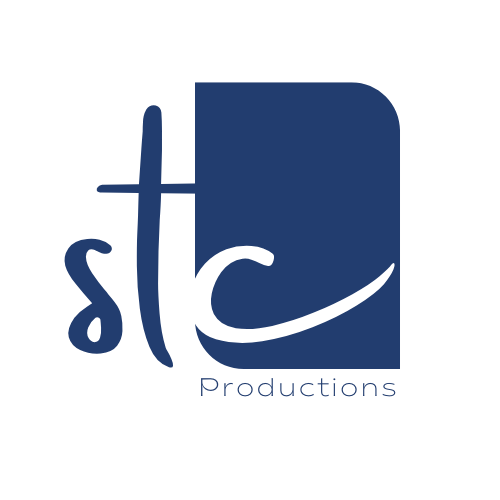First, some clarification...
In our recent podcast episode, we dove into Tim Ferriss’ iconic book, The Four Hour Work Week. If you missed it, don’t worry—I’m here to recap some key points, especially around the famous “DEAL” acronym and how I miss spoke how it translates for employees.
I mentioned in podcast that I “skimmed” over the parts about employees, but I should have dug deeper because my assumptions were incorrect, kind of.
In the book, Ferriss does touch on creating and living the 4-hour work week lifestyle as an employee and DOES NOTE that most bosses aren’t thrilled with the idea of an employee only spending an hour in the office each day. And that employees should read through the book with an entrepreneurial mindset.
After recording the podcast, I had to double check Ferriss’ point of view on outsourcing. YES, my statement is correct. He states that when outsourcing as an employee, focus on assigning personal tasks or non-sensitive business tasks to your VA. He points out there’s no ethical or legal reason for your boss to know about this delegation. Please note – Here at STC, Kelly and I do not support this sentiment and do not encourage it.
The moral and ethics conversation aside-this post is to dig deeper into the DEAL Blueprint, for both an entrepreneur and employee and to clarify, when it comes to the implementation of the DEAL Blueprint, employees should think of it as DELA.
So let’s do this!
DEAL stands for:
D – Define E – Eliminate A – Automate L – Liberate
Ferriss presents these steps as a blueprint to escape the traditional 9-5 grind and create a life of freedom and flexibility. The book has practical examples and how-to’s to help the reader along, but here’s a quick rundown:
- Define: Clarify what you want, setting clear goals and outcomes.
- Eliminate: Remove unnecessary tasks and distractions.
- Automate: Delegate or automate tasks to free up your time.
- Liberate: Achieve independence, often through remote work.
In the podcast, I did not clarify that as an employee attempting to live the 4-Hour work Week lifestyle, one must shift the framework to work within a company structure. This is where the acronym DELA comes into play:
DELA-Is tailoring DEAL for the Employee:
D – Define E – Eliminate L – Liberate A – Automate
For employees, the focus is on persuading your employer to allow remote work, and Ferriss provides actionable strategies to make this transition smooth.
Define: Start by clearly defining your role, goals, and how remote work aligns with the company’s objectives. Demonstrate how it can benefit both you and the company.
Eliminate: Identify and eliminate inefficiencies in your current workflow. This shows your commitment to productivity and efficiency, regardless of your location.
Liberate: The key here is negotiating remote work. Present a well-thought-out proposal highlighting the advantages of working remotely, supported by examples and data from Ferriss’ book.
Automate: Once you have the freedom to work remotely, look for ways to automate repetitive tasks. This not only boosts your productivity but also reinforces the benefits of remote work to your employer.
In short, the book offers valuable insights for both the employed and the self-employed, whether you’re an entrepreneur or an employee. The DEAL and DELA frameworks provide practical steps to enhance productivity, achieve flexibility, and create a more fulfilling work-life balance.
From our desk to yours.




